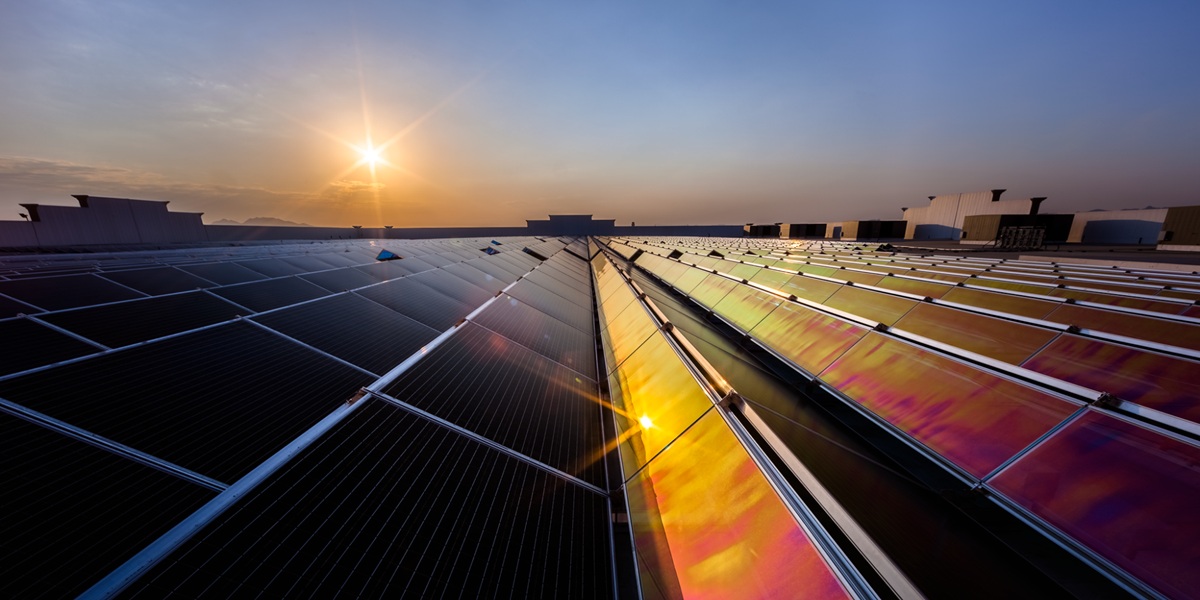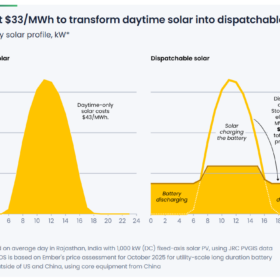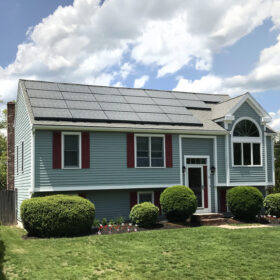Asset managers consistently report that anything and everything can happen to their portfolios over 20+ year lifecycles. While established playbooks address most standard operational issues, a significant portion of challenges require customized solutions beyond conventional vendor service offerings.
Industry data from over 350,000 asset years across commercial and community portfolios shows clear patterns that distinguish transactional vendor relationships from strategic partnerships. And the financial implications are substantial.
The operational distinction
Traditional vendors operate within defined service boundaries: reactive maintenance triggered by alerts, standardized solutions for covered equipment, and limited problem-solving for unique configurations.
Partnership-based O&M operates differently: proactive maintenance informed by portfolio-level analytics, customized solutions for project-specific challenges (SEL relays, medium voltage transformers, rapid shutdown equipment), and performance metrics aligned with production targets rather than service delivery checkboxes.
Why this matters now
Three forces are reshaping O&M economics:
- Financial performance: Development teams structure PPAs based on aggressive production forecasts. Minor performance degradations compound over asset lifecycles; portfolio-level impacts can reach millions in lost revenue.
- Labor constraints: Skilled technician availability is declining while costs increase 15-30% annually, accelerating industry consolidation.
- Optimization demands: Tariff impacts and policy uncertainty require maximizing kilowatt-hour production from existing equipment rather than baseline maintenance.
Quantifiable partnership value
Portfolio-level analytics across gigawatt-scale deployments identify failure patterns before production impact, reducing corrective maintenance costs by 40-60% compared to reactive models.
Industry data shows corrective maintenance peaks during the first two years, when workmanship issues occur. Front-loading budgets during this period (counter to traditional allocations) significantly improves financial planning accuracy.
Preventive maintenance now demonstrates positive ROI across all asset classes. Regular inspections identify degradation before production impact, extending equipment lifecycles and mitigating expensive corrective interventions.
Selection criteria
Asset managers need O&M providers who can address the handful of issues that don’t have established playbooks, meaning the challenges that require technical depth and portfolio-level insights rather than standardized service responses.
Key evaluation criteria include: portfolio scale for comparative data analysis, technical expertise across diverse OEMs and equipment configurations, AI-enhanced analytics coupled with human expertise for interpretation, geographic coverage for consistent service delivery, and incentive structures aligned directly to production targets.
The bottom line
Equipment fails – sometimes repeatedly and at scale. Issues around medium voltage transformers, rapid shutdown systems, and inverter communications financially impact O&M planning. Providers with technical expertise and the operational flexibility to address these challenges – such as Omnidian – make the difference between meeting production targets and underperforming against PPA obligations.
The most effective O&M relationships align provider incentives with asset performance outcomes. When systems fail to perform, partners should share that impact, creating genuine alignment around operational excellence and long-term asset optimization.
This content is protected by copyright and may not be reused. If you want to cooperate with us and would like to reuse some of our content, please contact: editors@pv-magazine.com.









By submitting this form you agree to pv magazine using your data for the purposes of publishing your comment.
Your personal data will only be disclosed or otherwise transmitted to third parties for the purposes of spam filtering or if this is necessary for technical maintenance of the website. Any other transfer to third parties will not take place unless this is justified on the basis of applicable data protection regulations or if pv magazine is legally obliged to do so.
You may revoke this consent at any time with effect for the future, in which case your personal data will be deleted immediately. Otherwise, your data will be deleted if pv magazine has processed your request or the purpose of data storage is fulfilled.
Further information on data privacy can be found in our Data Protection Policy.